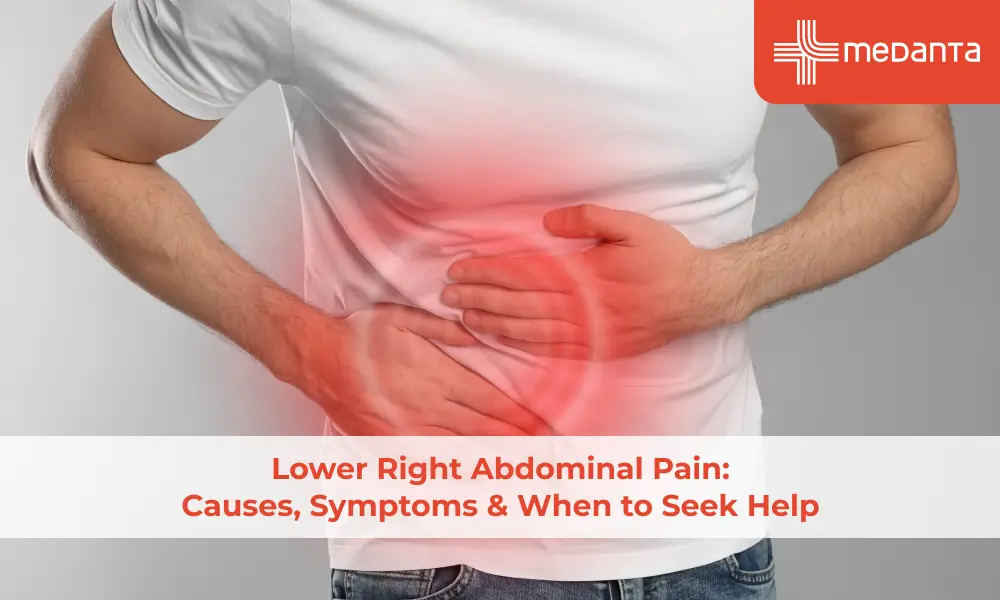COVID-19 and Dengue: Similarities and Differences

Coronavirus disease (COVID-19) is an infectious disease mainly transmitted through droplets generated when an infected person coughs, sneezes, or exhales. Dengue, on the other hand, is a mosquito-borne viral infection. However, initial onset of both the diseases have overlapping symptoms. As both the diseases can be fatal in nature, it is crucial to understand the basic similarities and differences.
Both Dengue and COVID can present as mild diseases which subside itself and patients can recover at home. However, both COVID-19 and dengue can get severe resulting in a patient’s death.
Both the diseases are not age related. Anyone of any age can get infected by COVID-19 or dengue. Patients with various underlying chronic conditions such as heart diseases, kidney diseases or diabetes are at more risk for complications.
It is recommended that the patients seek clinical or hospital-based care at the onset of the symptoms as both the diseases may worsen before the test results arrive.
Dengue warning signs include persistent vomiting, mucosal bleeding, difficulty in breathing, bleeding from orifice, lethargy/restlessness and postural hypotension.
COVID-19 warning signs include difficulty in breathing, persistent headache, new confusion, inability to wake or stay awake, fall in oxygen levels and persistent high-grade fever beyond 7 days. This list doesn’t include all possible signa and symptoms. It may vary from patient to patient.
|
Dengue |
COVID-19 |
|
Transmission |
|
|
Dengue is caused by one of any of four related viruses: Dengue virus 1, 2, 3, and 4, transmitted to people through the bites of infected Aedes species mosquitoes |
COVID-19, a respiratory illness caused by the virus SARS-CoV-2, is mainly transmitted when droplets containing the virus are inhaled or come into contact with the eyes, nose, or mouth |
|
Incubation Period |
|
|
The incubation period for dengue ranges between 3-10 days, typically 5-7 days. |
The incubation period for COVID-19 may extend to 14 days, with a median of 4-5 days from exposure to symptoms onset. |
|
Signs and Symptoms |
|
|
Mild to moderate disease
Febrile phase (0-7 days) Fever Headache with eye pain Nausea Vomiting Rash Leukopenia Warning signs for severe illness: abdominal pain or tenderness, persistent vomiting, clinical fluid accumulation, mucosal bleeding, lethargy, restlessness, and liver enlargement. Critical Phase Warning signs may appear, and rapid clinical deterioration may occur within 48 hours after defervescence (3–7 days after fever onset). |
Mild to moderate disease Fever or chills Cough Shortness of breath or difficulty breathing Fatigue Muscle or body aches Headache New loss of taste or smell Sore throat Congestion or runny nose Nausea or vomiting Diarrhea NOTE: This is not an inclusive list. |
|
Severe Illness |
|
|
Severe dengue is defined by dengue with any of the following symptoms and signs: Plasma leakage leading to shock Fluid accumulation with respiratory distress Severe bleeding with thrombocytopenia Severe organ impairment such as liver disease Cardiac impairment |
Signs and symptoms for severe illness can include: dyspnea hypoxia respiratory failure shock multiorgan system dysfunction Clinicians should be aware of the potential for some patients to rapidly deteriorate one week after illness onset. |
|
Risk Factors for Severe Illness |
|
|
Risk factors for severe dengue include: Age (infant) Patients with chronic medical conditions, including diabetes, asthma, or heart disease |
Risks factors for severe illness with COVID-19 include: Age >65 Underlying conditions like cardiovascular disease, diabetes, chronic respiratory disease, hypertension, prior stroke, liver disease, obesity, chronic lung disease, chronic kidney disease undergoing dialysis. |






